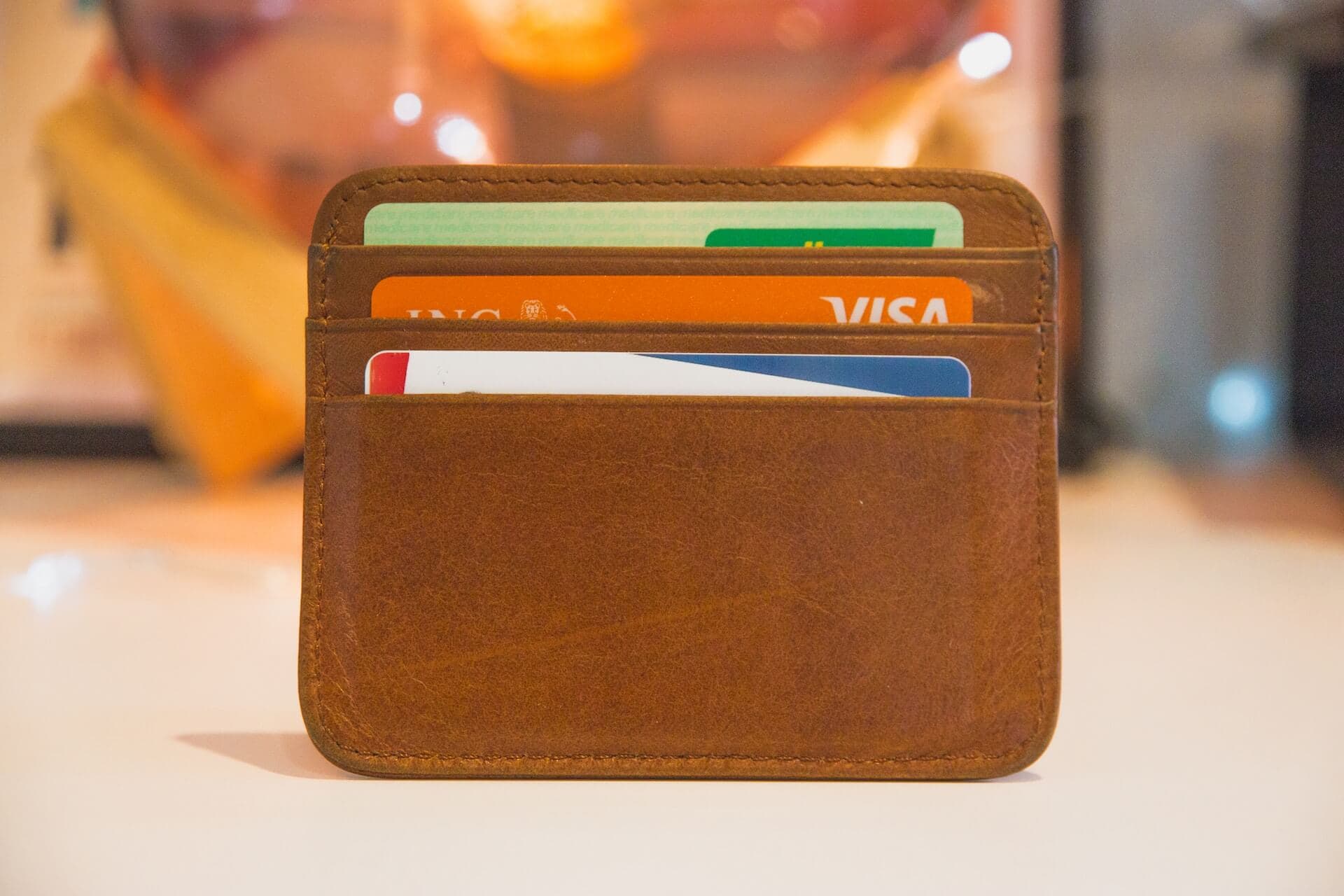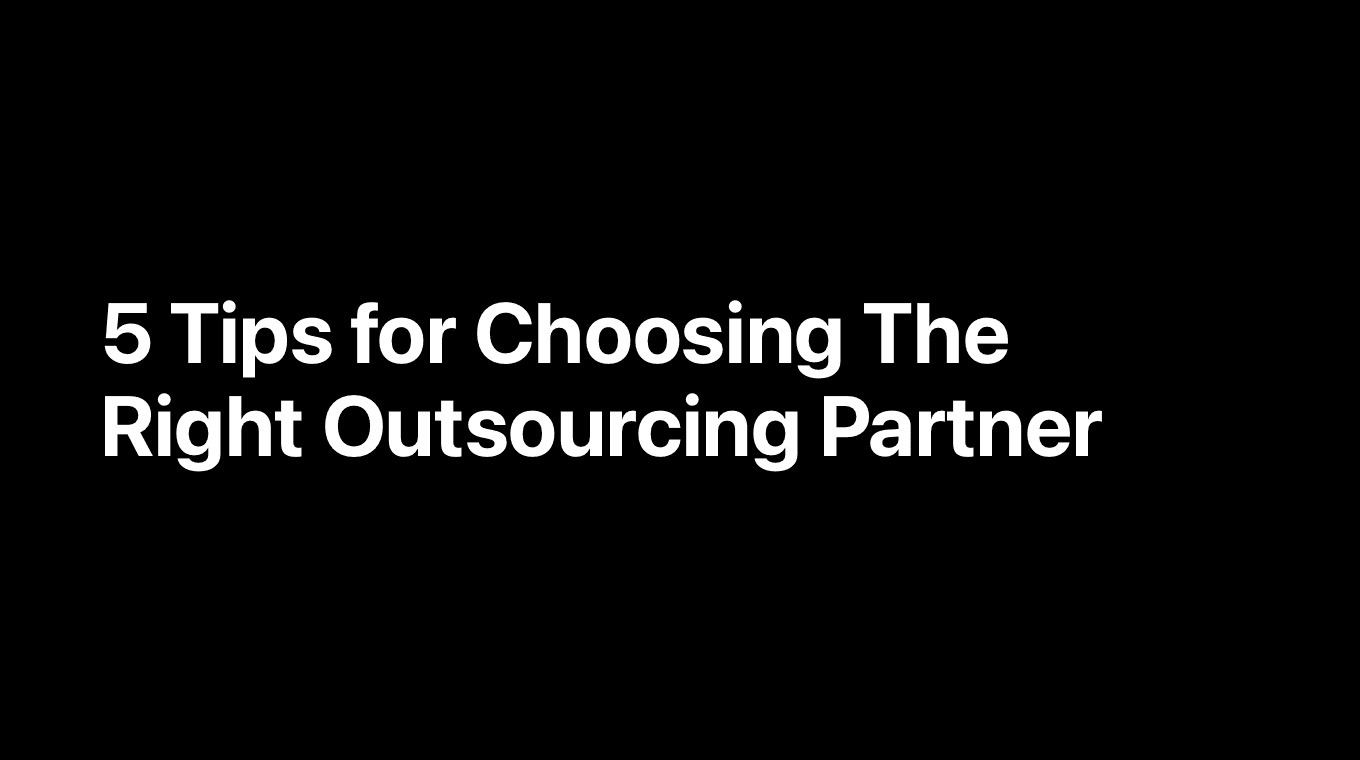
When shopping for a credit card, one of the most important factors to consider is the annual percentage rate (APR). The APR is the interest rate charged on your outstanding balance, and it can have a significant impact on the cost of borrowing. In this article, we'll explore what a good APR is for a credit card, how interest rates work, and how to find the best deals.
First, it's important to understand how APRs are calculated. Credit card companies use a complex formula that takes into account factors such as your credit score, credit history, and current market rates. Typically, APRs can range from as low as 0% for introductory offers to as high as 30% or more for subprime borrowers.
So, what is a good APR for a credit card? In general, a good APR is one that is competitive and reasonable for your credit profile. For those with excellent credit, an APR in the single digits or low teens is considered good. For those with average credit, an APR in the mid-teens to low twenties is more typical. However, it's important to note that APRs can vary widely depending on the card issuer, so it's important to shop around and compare rates.
When looking for a credit card with a good APR, there are several strategies you can use. First, consider taking advantage of introductory offers, such as 0% APR on balance transfers or purchases. These offers can help you save money on interest charges and pay off debt faster. Additionally, look for credit cards with low ongoing APRs, as well as those with no annual fees or other hidden charges.
MoneyCoach now supports manual credit card tracking. Set up your credit cards and activate the payment due reminders to avoid nasty credit card interests.




